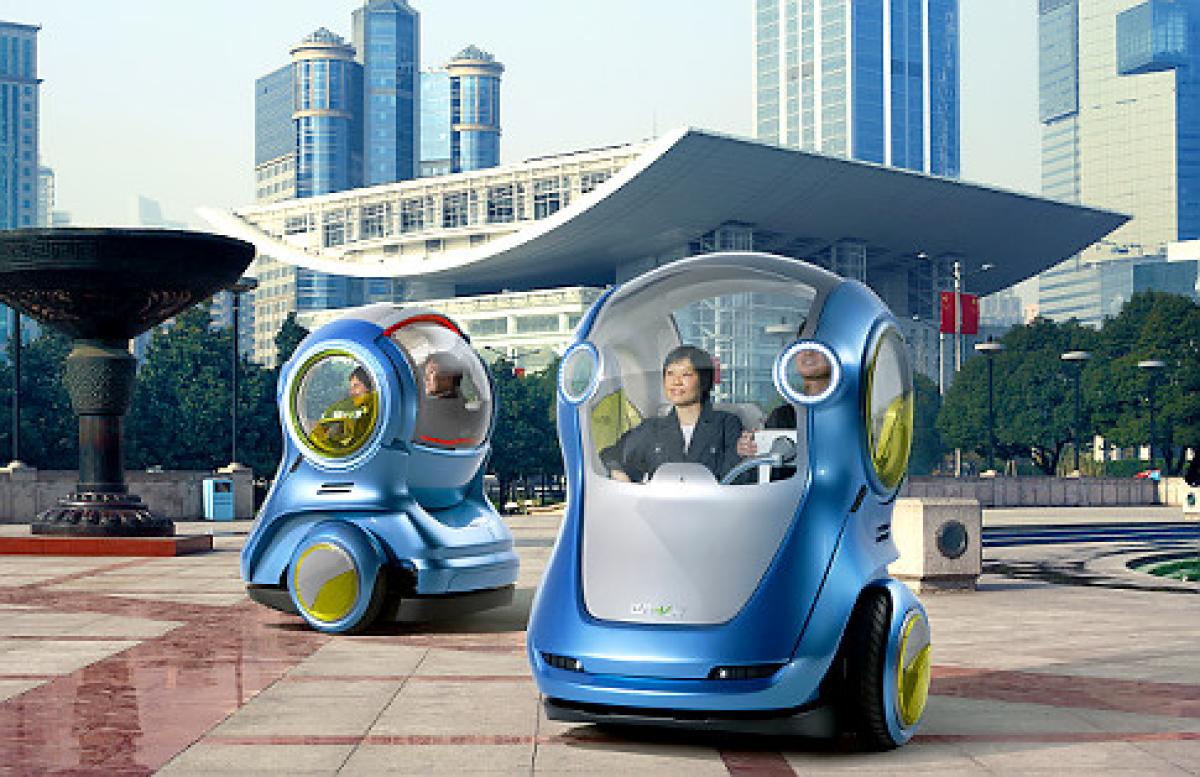Modern espresso machines have an overly complicated design and for what? For something that could be otherwise done equally well in a machine made out of Florence and Erlenmeyer flasks, plus some other laboratory equipment.
David Budzik and Adi Schlesinger are two Israeli designers that considered that coffee needs to be celebrated (yet again!) in a unique manner. They took a scientific approach to the typical extravagant design and removed all the unnecessary digital dials and buttons to obtain what is now known as the “laboratory espresso machine”. After all, it is the resulting drink that matters, and not all of the expensive components.
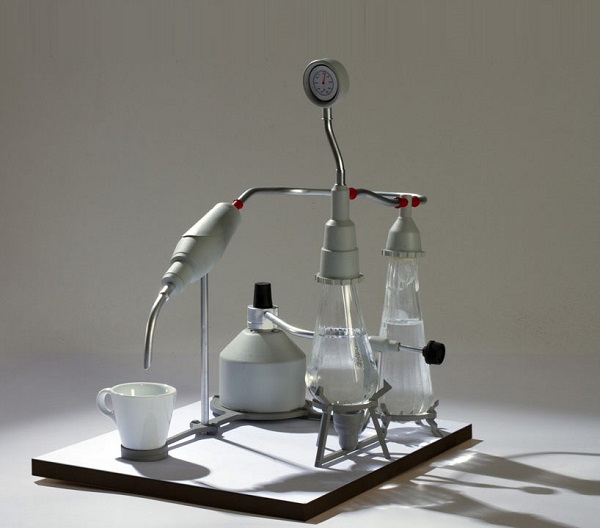
As its name suggests, this device is made out of laboratory equipment, with a few small differences, here and there, so that the personal touch of the designers is also noticeable. Of course, the two strived for perfection when they designed this concept. Not only the espresso machine needs to be perfect, but also the espresso that comes out of it, not to mention that the entire process needed to be timed perfectly.
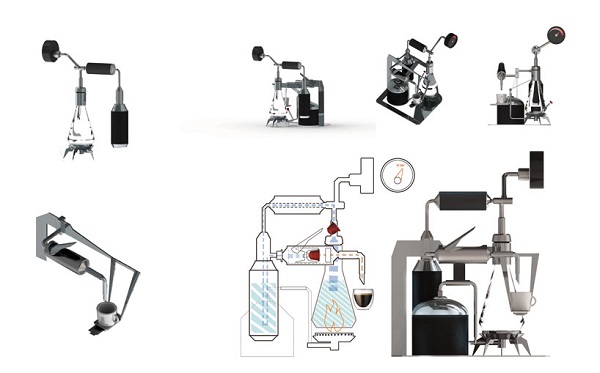
The only thing I’m going to say is that perfection is relative. One can only judge a thing as being so from a subjective point of view. I do not mean that the design isn’t intriguing. The wow factor of this product is in fact its very simplicity. To make sure that everyone can use this machine, the designers employed espresso capsules, so there’s no big difference here between the lab espresso machine and the others. What differentiate it from the crowd is the Venturi effect and the thermodynamics, as well as the capsule punching mechanism, which was inspired by automatic weapons. The two aforementioned principles are used for creating the perfect espresso. The materials may also differ a little bit, thusly: instead of plastic, normal glass and metallic parts, the two designers used reinforced glass, polymers and an aluminum frame structure, along with a typical barometer.
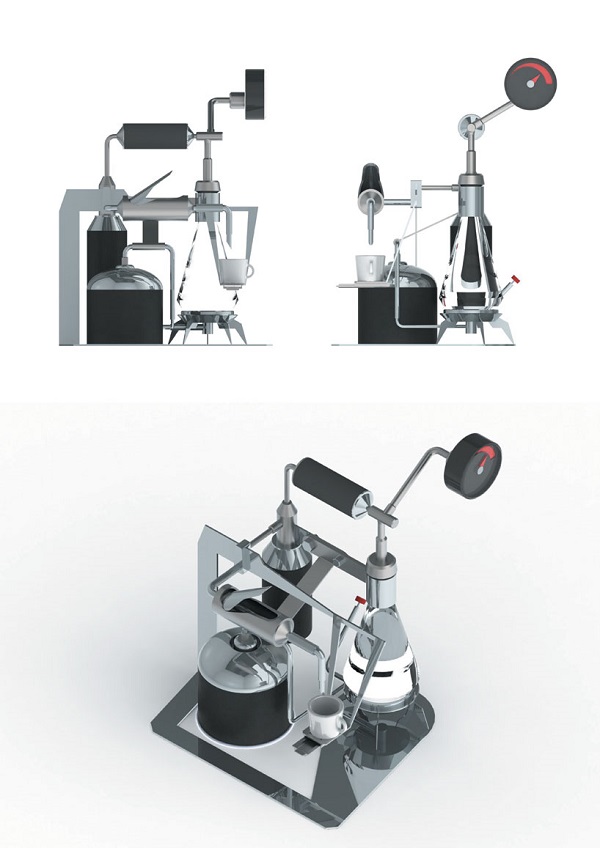
According to the designers, making the machine implied both laser cutting and bending. With the risk of being a bit out of place, I have to ask: would it have been wrong and/or difficult to ask a laboratory equipment manufacturer to supply the necessary bits and pieces? I understand that some parts were custom-made to accommodate the overall design, but a bit of improvisation would’ve made the concept even more realistic.
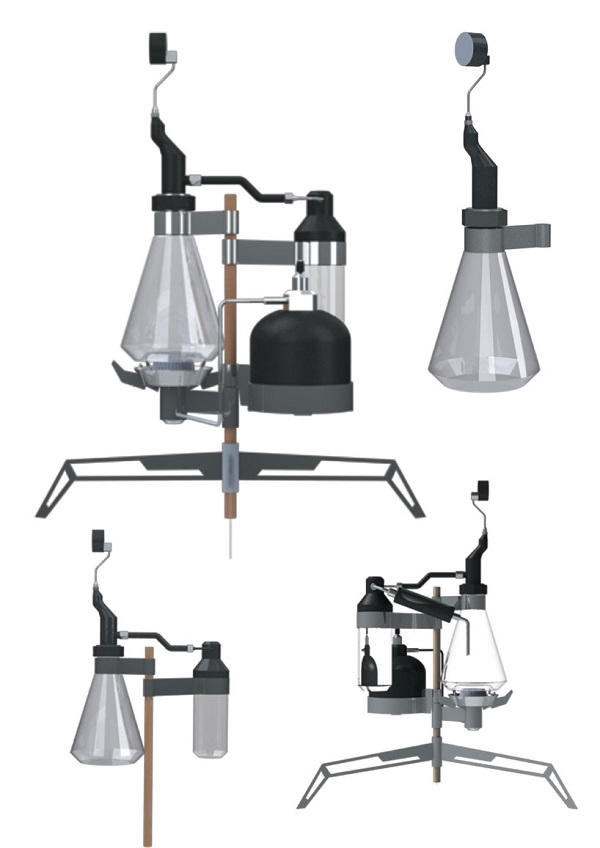
It should be noted that the laboratory espresso machine can only output a single cup of perfect coffee at a time, so the ones looking for more should probably turn their attention to other products.
If you liked this post, please check the capsule tea machine that is believed to brew the perfect cup of tea in under 120 seconds, or this revolutionary tea cup that just does exactly the same.




